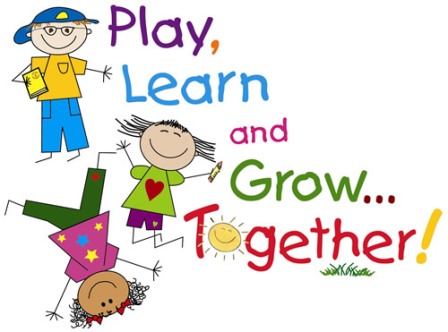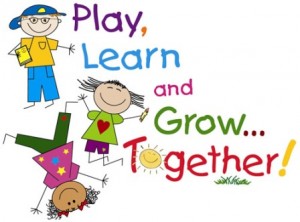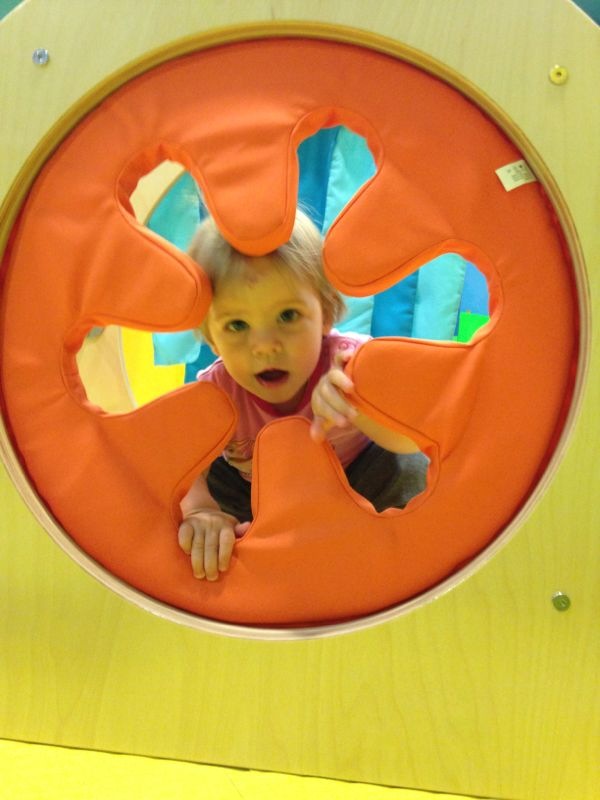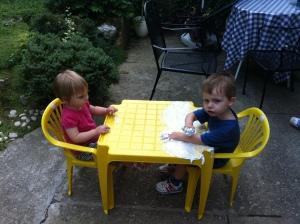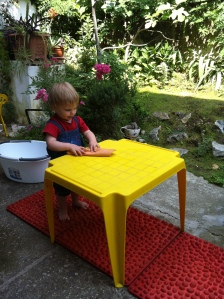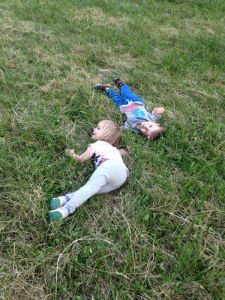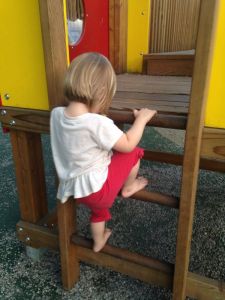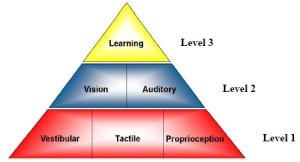S bebom na put!
Ne držim puno do tradicije, ali jedna do koje mi je jako stalo je odlazak na more ljeti. Zrak na otoku je tako čist, flora je beskrajno lijepa, raznobojna i mirisna, ljudi vode svakako jedan mirniji život, no povrh svega je – more! Ponegdje plavo, ponegdje zeleno, čisto i prozirno, odlične temperature za osvježenje, more me liječi iznutra prema van i puni mi baterije.
Ove godine je odlazak na more još posebniji zato što dovodim svoga sina na ovo određeno mjesto po prvi put. Bila sam njegove dobi (oko 5, 6 mjeseci) kada sam došla u ovu kuću po prvi puta. No, prije nego postanem sva sentimentalna, ispričat ću vam što ja to senzornog radim sa svojim sinom na otoku gdje jedva da ima ljudi, a kamoli stručnih osoba koje poznaju SI. Ovo možete raditi na jezeru, rijeci ili bilo kojem drugom mjestu gdje je voda dobra za kupanje. Ja većinom koristim vodu kao medij i pokušavam učiniti da mu je što više kože dostupno za taktilni podražaj. Rodio se u zimi tako da je prva četiri mjeseca bio u debelim čarapama i u tri sloja odjeće.
Najprije V. izmasiram kokosovim uljem prema indijskoj tradiciji (gle, još jedna tradicija!). Masiram mu ruke, noge, trbuh i leđa. Potom se idemo kupati u more (gustativno: slana voda) ili u mali bazenčić (gustativno: pitka voda). Cijelo tijelo mu osjeća vodu (taktilno), temperaturu i pritisak dok se kreće (proprioceptivno). Mnogo je vizualnih podražaja oko nas poput prskanja vode, djece koja se igraju, sunce koje blješti i odbija se od površine mora. Također smo okruženi i auditivnim podražajima poput zvuka prskanja vode, valova koji se odbijaju o stijene, motora malih brodića, djece koja vrište te odraslih koji pričaju. Koncentrirati se na užitak koji daje voda ili na mamu koja je sretna što se njezin maleni kupa dok je tijelo toliko zaposleno sa svim ovim senzornim podražajima je teško.
Nakon kupanja tako fino paše ledena kava, zar ne? Ali kako popiti kavu u miru kada malena petomjesečna beba ne želi mirno sjediti u kolicima? Bebe jaaaako vole proprioceptivne igrice. Nema lakše nego ona gurni – potegni. Ostavite dijete u kolicima ili ga stavite na pod ako je to socijalno prihvatljivo i dajte mu ili igračku ili nešto za što može potegnuti: rupčić, maramicu, konop… Dajte djetetu da drži, a vi verbalno motivirajte dijete i pokušajte malo potezati kao da ćete mu istrguti igračku iz ruke. Činite to u različitim ritmovima.
 Ostale proprioceptivne igrice uključuju lagano skakutanje s bebicom dok ju čvrsto držite. Također i to radite u različitim ritmovima pa dajte bebici malo vremena da počne predviđati kada ćete idući put poskočiti. Može vam pomoći ako kažete: “Sad ću skočiti… jedaaaan, dvaaaa, triiii. Hooop!!!” Pokušajte izvoditi to s motivirajućim glasom. Koristite različite igračke dok se igrate s djetetom i ne zaboravite na važnost boravka na trbuhu. Ja sam svome sinu dala igračku za pse: malog bodljikavog ježića. Sviđa mi se što je mali i stane mu u ruku, a i bodljikav je što mu daje taktilni podražaj na njegove šake.
Ostale proprioceptivne igrice uključuju lagano skakutanje s bebicom dok ju čvrsto držite. Također i to radite u različitim ritmovima pa dajte bebici malo vremena da počne predviđati kada ćete idući put poskočiti. Može vam pomoći ako kažete: “Sad ću skočiti… jedaaaan, dvaaaa, triiii. Hooop!!!” Pokušajte izvoditi to s motivirajućim glasom. Koristite različite igračke dok se igrate s djetetom i ne zaboravite na važnost boravka na trbuhu. Ja sam svome sinu dala igračku za pse: malog bodljikavog ježića. Sviđa mi se što je mali i stane mu u ruku, a i bodljikav je što mu daje taktilni podražaj na njegove šake.
Ako nemate tako nešto kod kuće, ne morate žuriti u dućan. Dovoljno je da se prošetate s Vašom bebicom i dopustite joj da dodiruje različite grančice, listiće ili tatinu kosu i bodljikavu bradu.
Mog sina trenutno jako bole i svrbe desni. Prvi zubić je počeo nicati već s njegova dva mjeseca. Sada je beba od 6 mjeseci sa 5-6 bijelih točkica na desnima. Naravno, ne trebam napominjati da je često neraspoložen i vrlo glasan. Zaliha Gengigela i raznovrsnih senzornih aktivnosti je spas na mjestu gdje nema ničega osim prirode oko vas.



![IMG_5479[1]](http://sensoryhub.files.wordpress.com/2014/07/img_54791.jpg?w=112)

